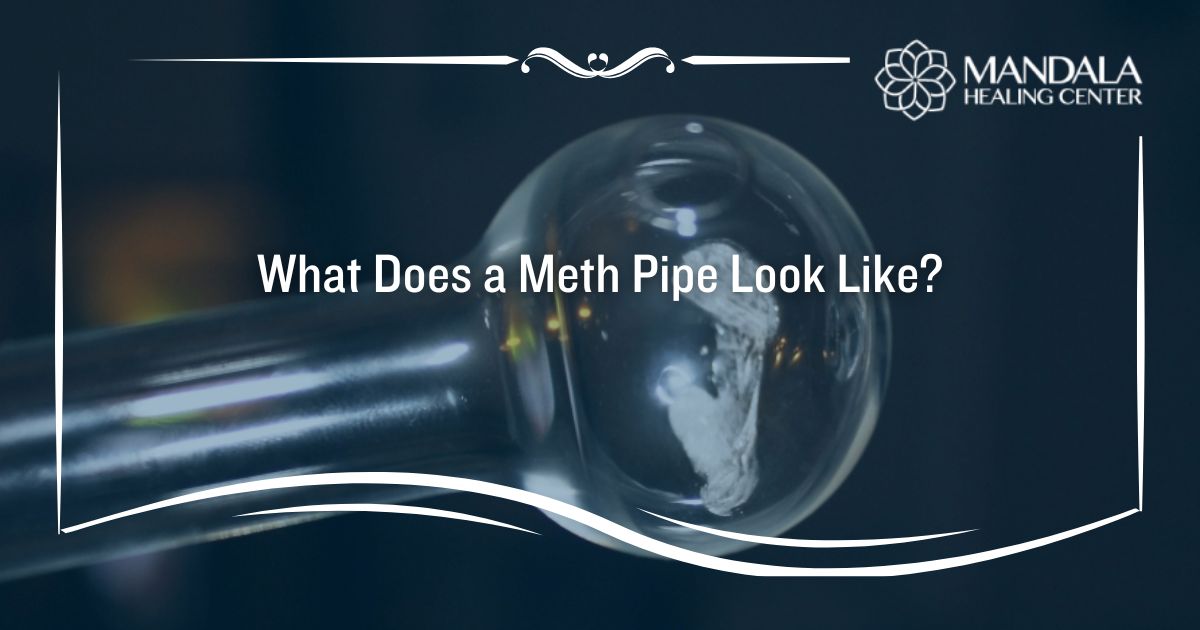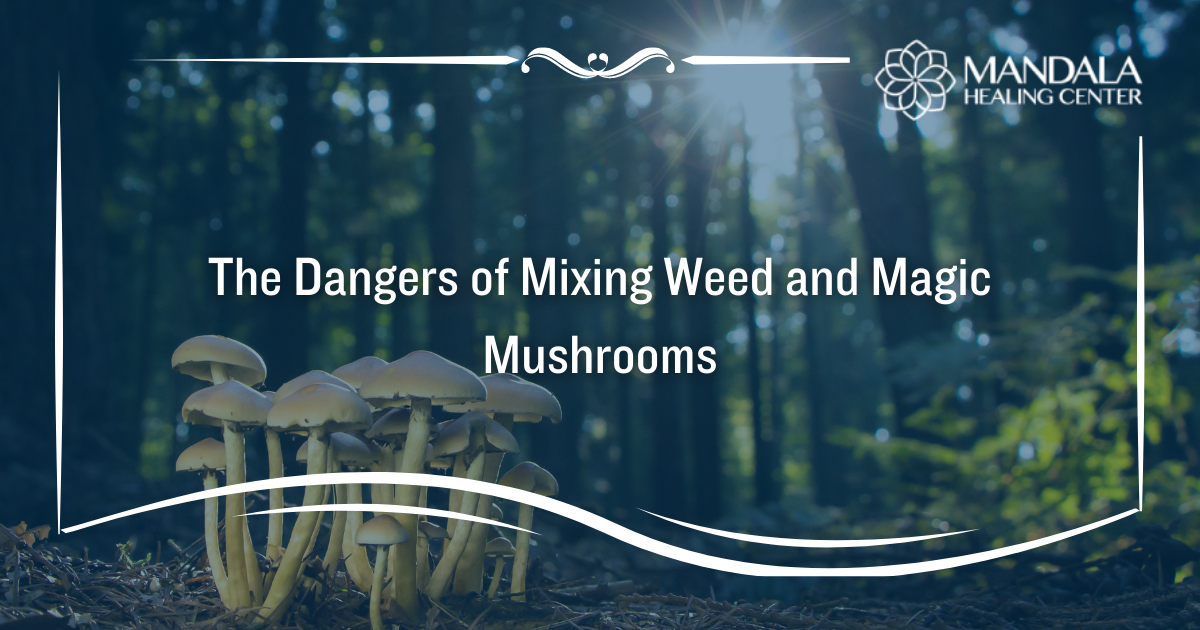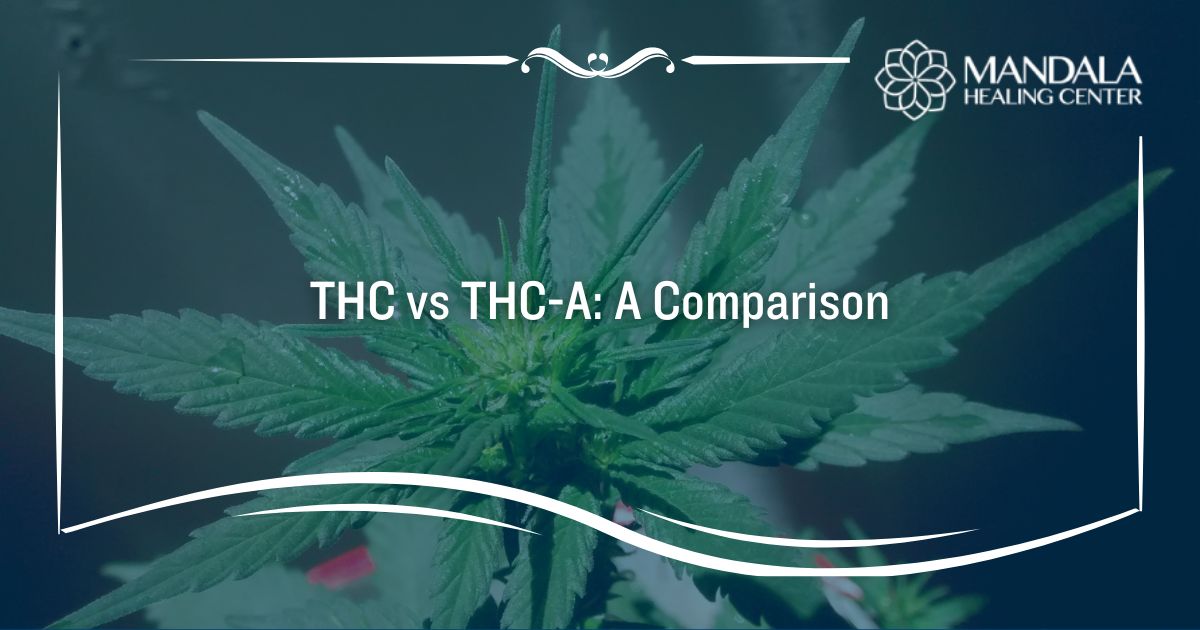If you’ve ever seen a small glass pipe and wondered what it’s used for, you’re not alone. Meth pipes have a unique appearance, but they can be hard to recognize. This is especially true for people who do not know much about drug paraphernalia.
Methamphetamine, or meth, is a very addictive and dangerous drug. People use it in different ways, like smoking it with a pipe. These pipes are designed specifically to heat and vaporize meth, making it easier to inhale.
Unlike other drug paraphernalia, meth pipes often leave behind visible signs that can indicate regular or heavy use. Recognizing what meth pipes look like can be important for several reasons:
- Identifying possible substance use in a loved one.
- Understanding drug-related risks in your environment.
- Knowing when to intervene and help someone seek treatment.
In this article, we’ll break down the different types of meth pipes, what they look like, and the warning signs of meth use.
What Do Meth Pipes Look Like?
Meth pipes have a distinct appearance, making them relatively easy to recognize once you know what to look for.
Meth pipes are different from regular smoking devices. They are made to heat and vaporize methamphetamine. This lets users inhale the drug’s vapors.
Common Features of Meth Pipes
Most meth pipes share a similar design, with the following key characteristics:
- Glass Stem – A small, straight or slightly curved tube made of clear or frosted glass.
- Rounded Bowl at the End – The bulb-shaped end is where meth is placed and heated.
- Burn Marks or Residue – Over time, black scorch marks can show up on the bottom of the bowl. The inside may also have a cloudy white or brown residue from leftover meth.
How Meth Pipes Differ from Other Drug Paraphernalia
It’s easy to mistake a meth pipe for other smoking devices, but there are key differences.
Unlike marijuana pipes, meth pipes have a round, hollow bowl instead of a deep chamber for packing dry herbs. Crack pipes are often shorter, straight glass tubes and usually require a steel wool filter (chore boy)—which meth pipes do not use.
People can make some homemade meth pipes from light bulbs or small glass vials, though these options are less common than traditional glass pipes.
If you come across a small, glass pipe with a round bulb at the end, there’s a good chance it’s a meth pipe.
Identifying Meth Pipes: Different Types & Variations
Meth pipes can come in different forms, ranging from standard glass pipes to homemade or improvised devices.
The classic glass meth pipe is the most common. However, people using meth may use makeshift alternatives if a regular pipe is not available.
Recognizing these different types can help with identifying meth pipes and the signs of meth use.
1. The Classic Glass Meth Pipe (Bulb Pipe)
A traditional meth pipe is made from clear or frosted glass tube with a round bulb at one end. They are typically about 4-6 inches long and made of thin glass. The bulb has a small hole at the top where meth is placed.
The user places meth inside the bulb and heats it from below using a lighter. The meth turns into vapor, which is then inhaled through the tube.
This is the most easily recognizable meth pipe, often found in backpacks, purses, or hidden in personal belongings.
2. Modified Pipes & Homemade Devices
When a standard meth pipe isn’t available, some users create makeshift alternatives using common household items.
Homemade Meth Pipes
People may make homemade pipes out of various materials, including:
- Light bulbs: Users may break off the metal cap, remove the filament, and use the glass bulb as a pipe.
- Glass vials or test tubes: Small glass containers are sometimes modified to function like traditional meth pipes.
- Plastic bottles: Some users cut the bottom off a plastic bottle and burn holes in it to use as an inhalation device.
Homemade pipes can be dangerous. Dangers include:
- Toxic fumes – Heating plastic or low-quality glass can release harmful chemicals when inhaled.
- Increased risk of burns – Homemade pipes break or overheat easily, leading to serious injuries.
- Harder to detect – These makeshift devices may not look like drug paraphernalia to the untrained eye.
3. Disposable Foil & Straw Pipes
Some meth users don’t use a pipe at all but instead smoke meth off aluminum foil in a method called “chasing the dragon.”
Meth is placed on a sheet of aluminum foil and a lighter is held underneath the foil to heat the drug into vapor. The vapors are inhaled through a straw, hollowed-out pen, or rolled-up bill.
Because foil and straws are easily discarded, this method can be harder to detect than traditional meth pipes. However, finding burnt foil and inhalation tools is a major red flag for meth use.
Why Identifying Meth Pipes Matters
Knowing the different types of meth pipes can help you spot possible drug use in someone you care about. It can also help you stay away from dangerous places.
Whether it’s a classic glass pipe, a homemade device, or burned foil and straws, these are strong indicators of methamphetamine use.
If you suspect someone is using meth, early intervention can help prevent addiction from worsening.
A Meth Pipe is a Warning Sign
Meth use is rarely just “occasional.” It affects the brain, and most people who use meth quickly become dependent. A meth pipe isn’t just another smoking device—it’s an indication of ongoing drug use and potential addiction.
Many users start with smoking meth and eventually turn to more dangerous methods, such as injecting. People who use meth often hide paraphernalia, so if you find a pipe, there’s a chance drug use has been happening for a while.
Other Signs of Meth Use Beyond the Pipe
While finding a meth pipe is a clear sign of drug use, there are other physical, behavioral, and environmental indicators that someone may be struggling with meth addiction.
Physical Signs of Meth Use
Methamphetamine takes a major toll on the body, and long-term use leads to noticeable physical changes.
- Extreme weight loss – Meth suppresses appetite, causing users to become dangerously thin and malnourished.
- Skin sores & obsessive picking – Many meth users experience formication (a hallucination that bugs are crawling under their skin), leading to constant scratching and open sores.
- Dilated pupils & excessive sweating – Meth stimulates the nervous system, making pupils appear abnormally large and causing profuse sweating.
Behavioral Signs of Meth Use
Meth’s effects on the brain cause dramatic shifts in behavior, often alternating between high-energy activity and extreme exhaustion.
- Hyperactivity followed by long crashes – Users often stay awake for days (“tweaking”) and then crash into deep, prolonged sleep.
- Erratic mood swings, paranoia, or aggression – Meth causes intense euphoria, but as it wears off, users often become anxious, paranoid, or hostile.
- Staying awake for days – Meth users can go without sleep for a long time. This can cause hallucinations and serious mental health problems.
Meth Paraphernalia Besides Pipes
In addition to meth pipes, other drug-related items may indicate ongoing meth use.
- Small plastic baggies with white residue – Meth is often sold in tiny plastic bags, sometimes with powdery or crystalline residue.
- Burnt spoons, lighters, or torches – These may indicate meth use via heating and vaporizing.
- Hollowed-out pens, straws, or aluminum foil – Used for snorting or smoking meth (“chasing the dragon”).
Meth use isn’t always easy to detect, but if you notice a combination of these physical, behavioral, and environmental signs, it’s a strong indicator that someone may be struggling with addiction.
Find Treatment for Meth Addiction Now
If you or someone you know is dealing with meth addiction, it is important to know that help is available. Meth addiction is challenging, but recovery is possible with the right support, treatment, and resources.
At Mandala Healing Center, we provide compassionate, evidence-based treatment for meth addiction.
Whether you’re seeking help for yourself or a loved one, our team is here to guide you toward a healthier, drug-free life.
References:
- Substance Abuse and Mental Health Services Administration (SAMHSA): Stimulants
- Centers for Disease Control and Prevention (CDC): Patterns and Characteristics of Methamphetamine Use Among Adults — United States, 2015–2018
- National Institute of Health (NIH): Methamphetamine
- Science Direct: Drug Paraphernalia
















